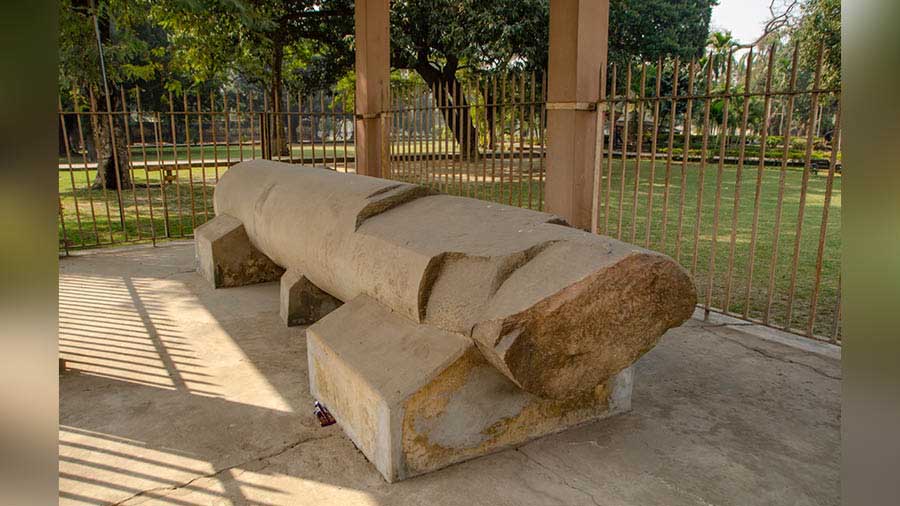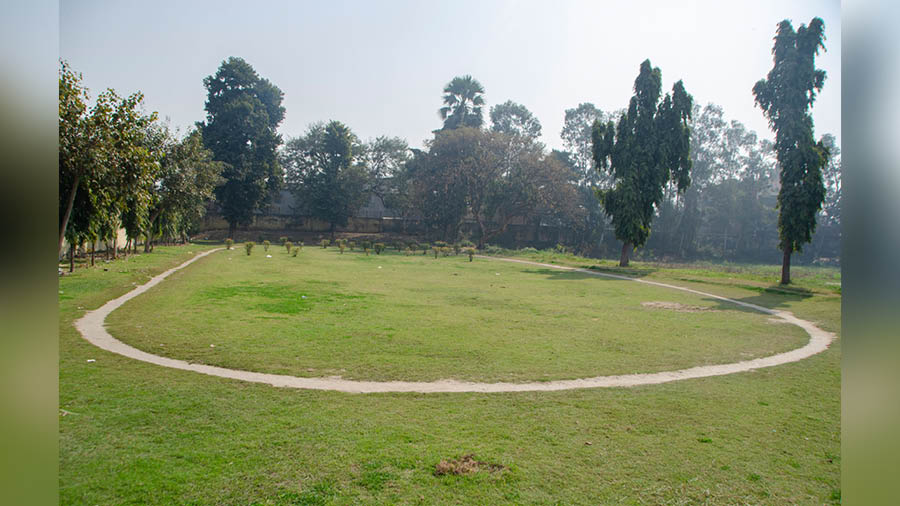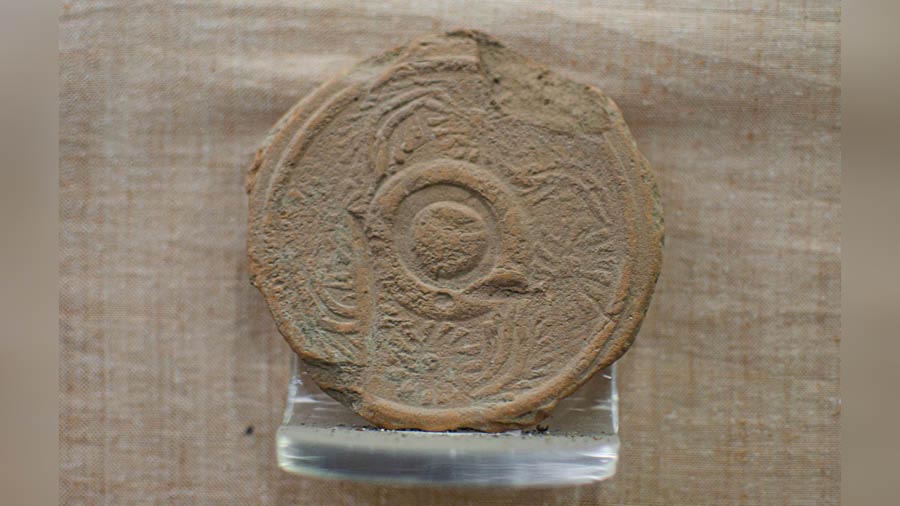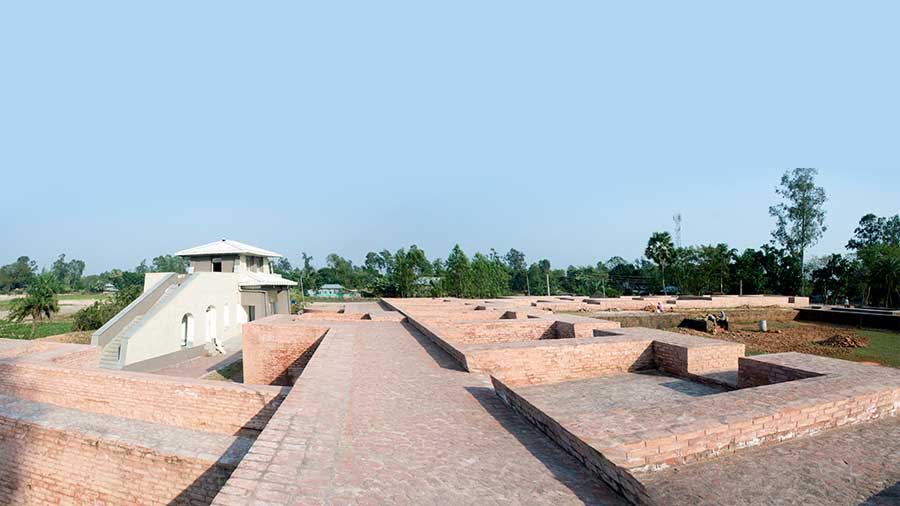What we now know as Patna (in Bihar) was referred to as Pataliputra in ancient times. Not just Pataliputra but this place was also known by various other names such as Kusumpur, Pataligram, Pushpapur Patalipur, Kusumdhvaj, etc.
When king Ajatshatru of Magadha Kingdom was building a fort out here around the sixth century B.C. to defend the kingdom against the Licchavi republic of Vaishali, this place was visited by Buddha. Back then it was a small village. Later, in the middle of the 5th century B.C. king Udayin, who was the son and the successor of Ajatshatru, decided to shift his capital from Rajgriha (Rajgir) to Pataliputra keeping in mind the strategic location of this place.
Later on, the great Indian empires of Shishunaga, Nanda, Maurya, Sugna, and Gupta dynasties maintained Pataliputra as their capital city. One of the most important events that this city witnessed was the third Buddhist council, which happened during the time of Ashoka. This place continued to remain an important centre of activity in the fields of learning, commerce, art and religion. Sthulabhadra, the eminent Jain ascetic had convened a council here during the period of Chandragupta Maurya.

Fragments of stone pillars from the Eighty Pillared Hall kept for display at Kumhrar Park
Megasthenes, who was the celebrated Greek ambassador at the court of Chandragupta Maurya, paints the first vivid account of Pataliputra and its municipal administration. This city is mentioned as Palibothra in his book named Indica. In his account, the city was like a parallelogram, about 14 Kms East-West along the river Ganges and 3 Kms North-South. The circumference of the city was about 36 Km. The city was protected by massive timber palisades and further defended by a broad and deep moat, which also served as a city sewer. He also mentions that the beautiful royal palace of Chandragupta Maurya was built of timber.
There are mentions of wide ramparts around the city by Kautilya in his book Arthashastra. Excavations around here have revealed remnants of the wooden palisades.
Famous Chinese traveler Fa-Hien, who visited this place around the early 5th century A.D. has described Pataliputra as a prosperous city and a famous center of learning.
The 'Eighty Pillared Hall'

A section of a stone pillar from the Eighty Pillared Hall at Kumhrar Park
In present-day Patna, one can still see remnants of this in a place called Kumhrar Park. This place was first excavated by the Archaeological Survey of India under the guidance of D. B. Spooner in the year 1912 – 15. The second excavation was done during 1951 – 55. The first excavation revealed traces of 72 stone pillars and the second excavation revealed 8 more pillars and an additional four pillars of an entrance porch. Excavation of these 80 pillars gave this place the name “Eighty Pillared Hall”.
The pillars were arranged in parallel rows of 10 from east to west and 8 from north to south. The entrance was located on the south side. The pillars were placed about 15 feet away from each other. The pillars were monoliths with a lustrous shine, which was prominent during the Mauryan period. These were made of sandstone quarried from Chunar in Uttar Pradesh. Fixed on square wooden basements each pillar was about 32 feet in height of which nearly 9 feet were buried below. Similar to the floor, the roof also had wooden structures.
There was no evidence that the hall was closed by a wall on the sides; it was more like an open pavilion. At the entrance, there were seven platforms made of Sal wood, which probably supported a broad wooden staircase of about 30 steps descending to a canal that connected with the Son River.

Location of the Eighty Pillared Hall, which has now been covered with sand and soil
This canal which was 43 feet broad and 10 feet deep was used by the visitors coming to the hall by boat and was also used for the transportation of huge and heavy monoliths from the stone quarry of Chunar along the river Ganges.
As far as the origin of this structure goes, the most acceptable theory is that this was a conference hall built around the third century B.C. during the reign of Ashoka for the Buddhist Council held at Pataliputra.
Arogya Vihar

The Arogya Vihar at the Park
Excavations conducted at Kumhrar in 1951 - 55 unearthed another brick structure of 4th - 5th century A.D. This was a hospital-cum-monastery run by the noted physician Dhanvantari during the Gupta period.
This was identified as Arogya Vihar or hospital-cum-monastery based on an inscription on a terracotta seal discovered here. This oval seal has on its upper half a tree, which probably is a Bodhi Tree with conch on either side, the lower half bears the inscription “Sri Arogya Vihare Bhikshu Samasya” in Gupta Brahmi script. Another red pot piece was found with the inscription “Dhanvantareh”, possibly referring to the name or the title of the presiding physician of Arogya Vihar.
The structure was erected on a well-laid foundation. The width of the rooms was 10 feet but its length varied from 10 and a half to 21 and a half feet.
Several carved bricks were found in the debris. Probably they decorated the walls of this building. Important finds from the excavation of this area were copper coins, ornaments, antimony rods, beads of terracotta and stone, dice of terracotta and ivory, terracotta seals, a toy cart, etc.

Excavated terracotta seal
Hiuen-Tsiang, a renowned Chinese traveler visited the city in the seventh century A.D. By then most of the city was in ruins. The city continued to be the capital during the early Pala period also. After that, the city lost its capital status but continued to be a significant centre.
At present, you will not be able to see the excavated site as it has been covered up. You will be able to see some pillar remains. There is a small museum on the premises, where you will be able to see some excavated artifacts.
Travel information
This place requires a ticket to enter. The ticket counter is located next to the main entrance.
Park Timing 8 AM to 8 PM.
The small museum inside has photographs of the excavated site and a model replica of the Eighty Pillared Hall.
— Working for more than a decade in the book retail & publishing industry, Subahdip Mukherjee is an IT professional who is into blogging for over 15 years. He is also a globetrotter, heritage lover and photography enthusiast.


